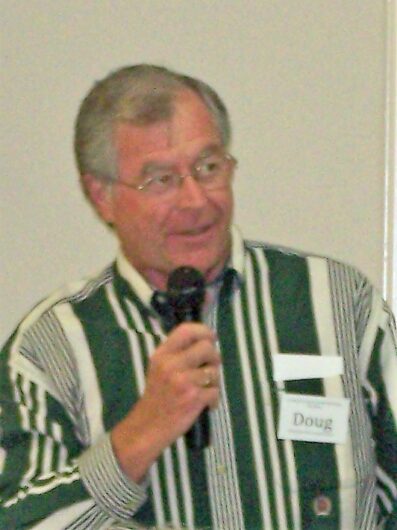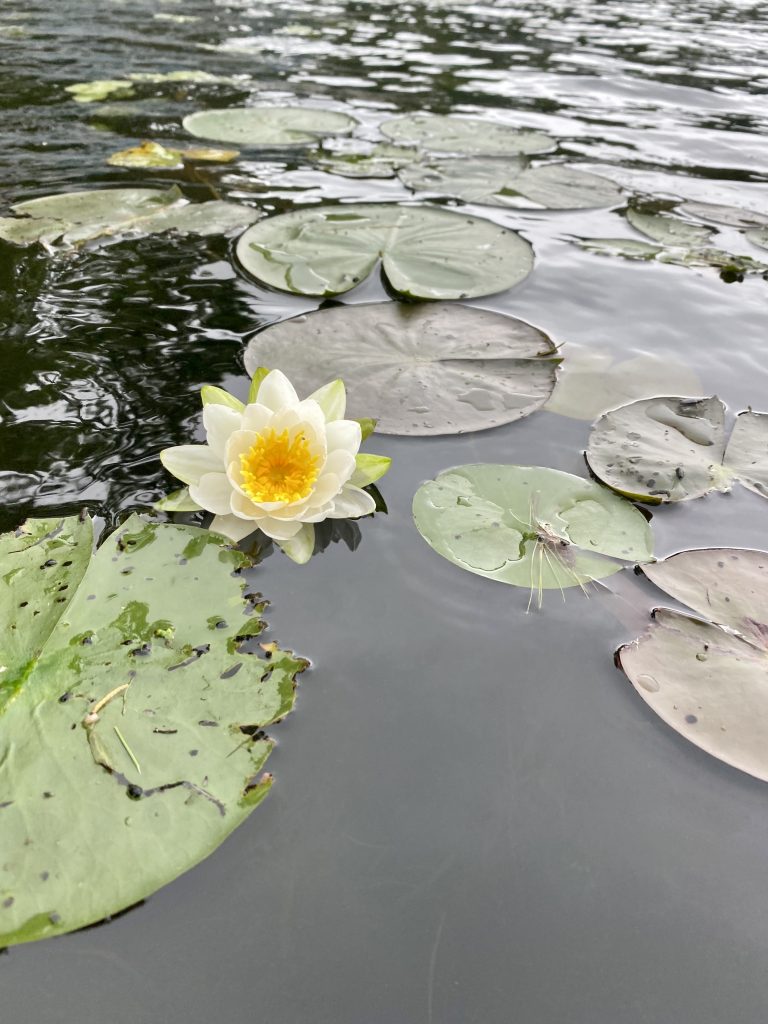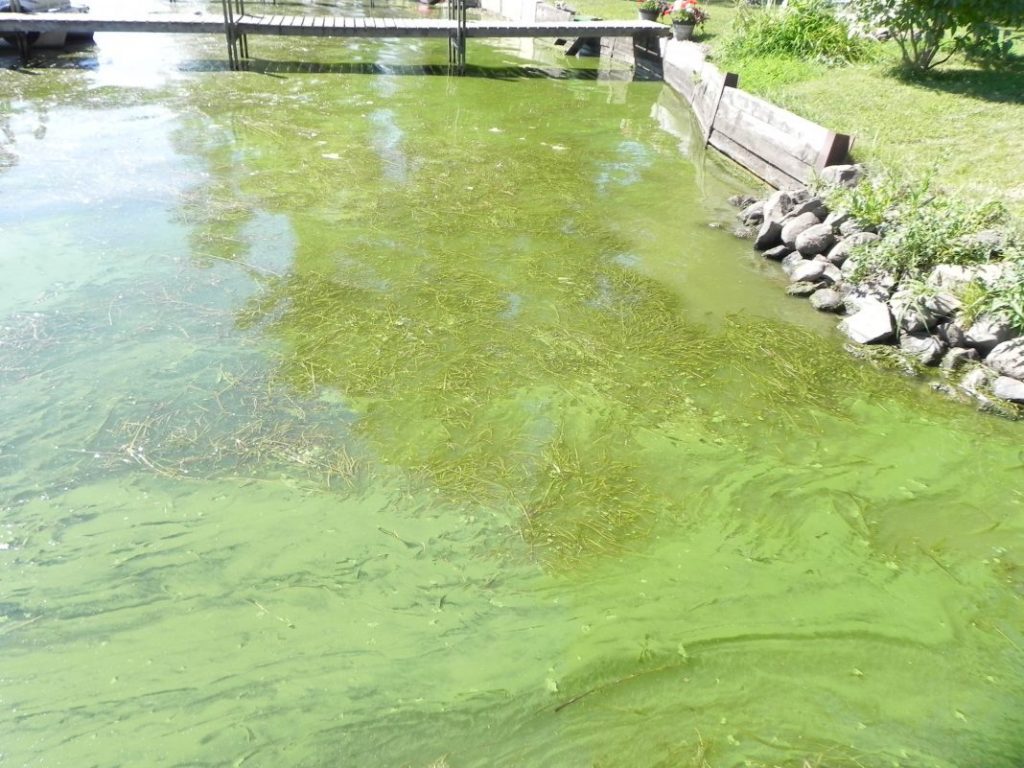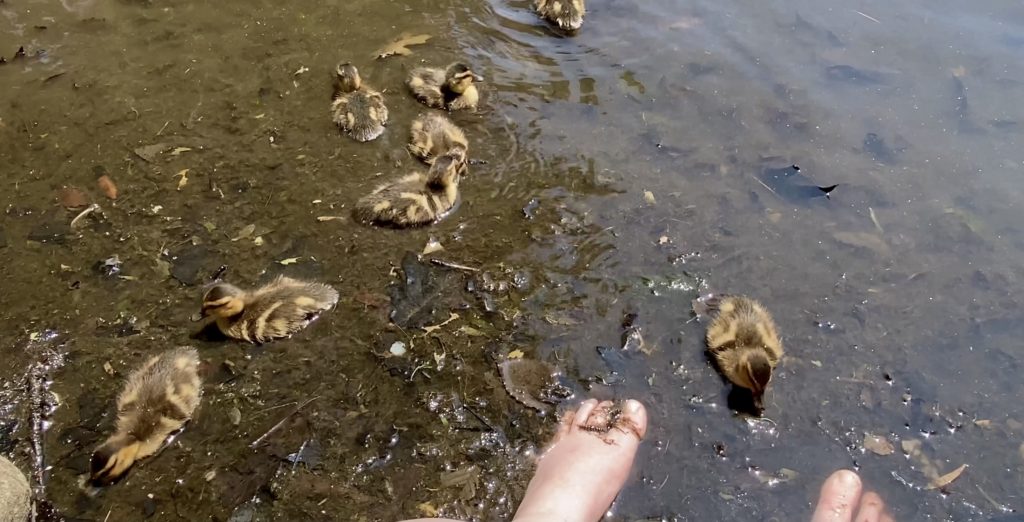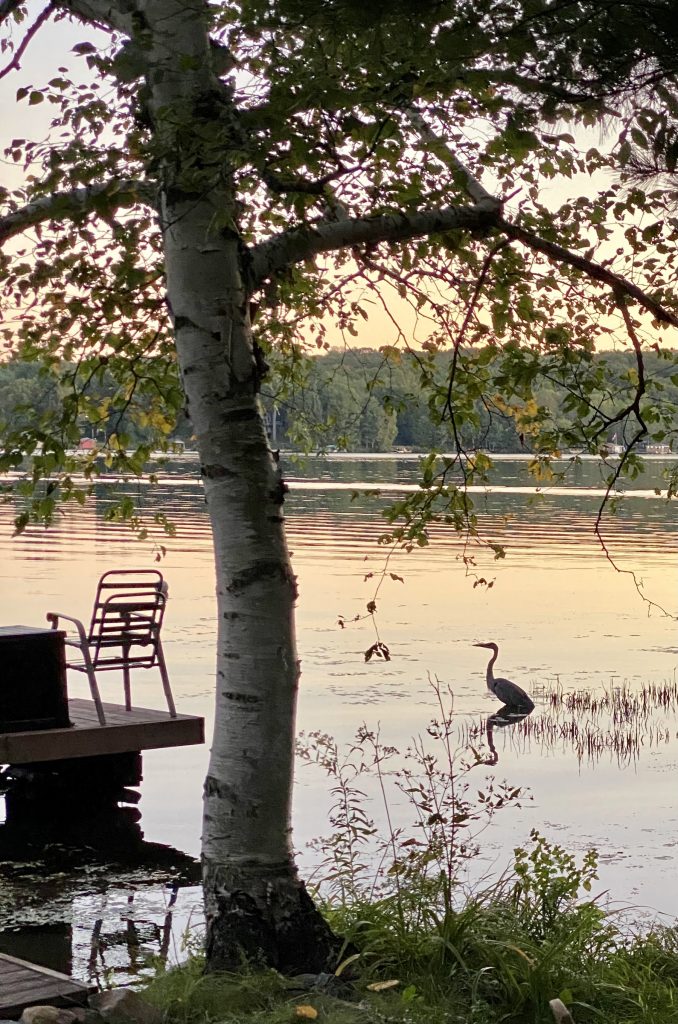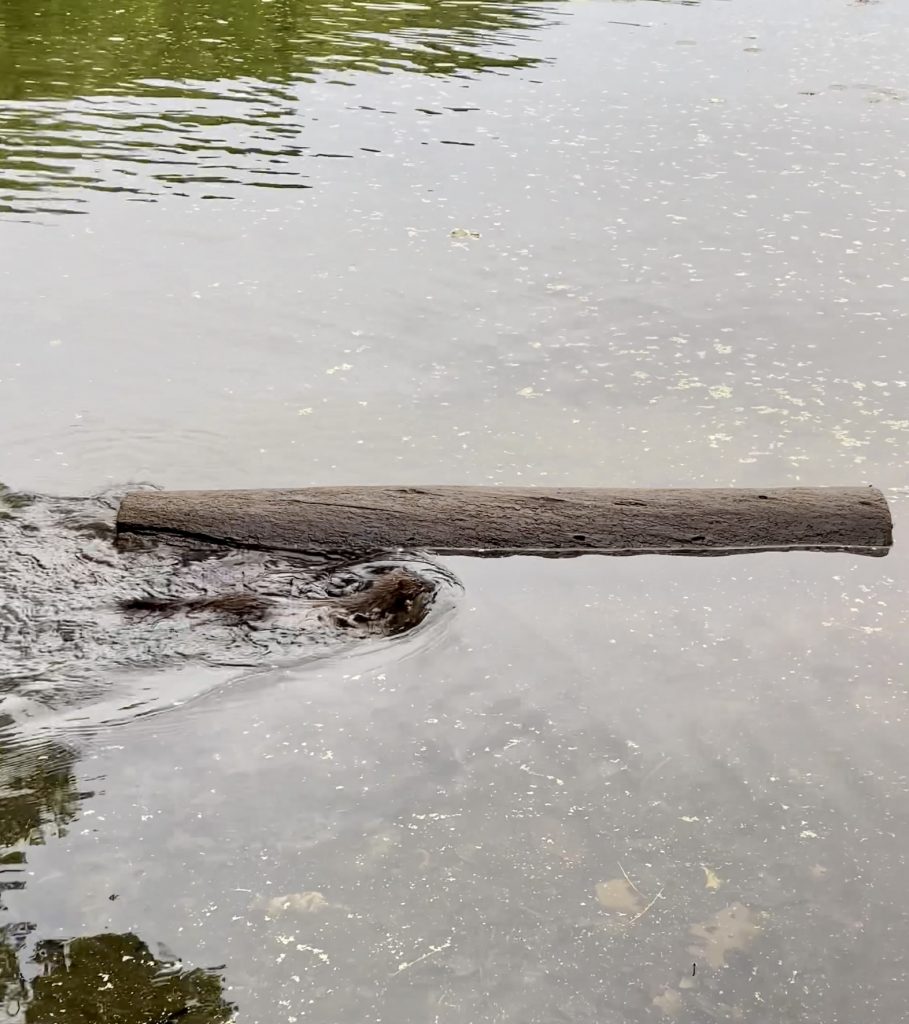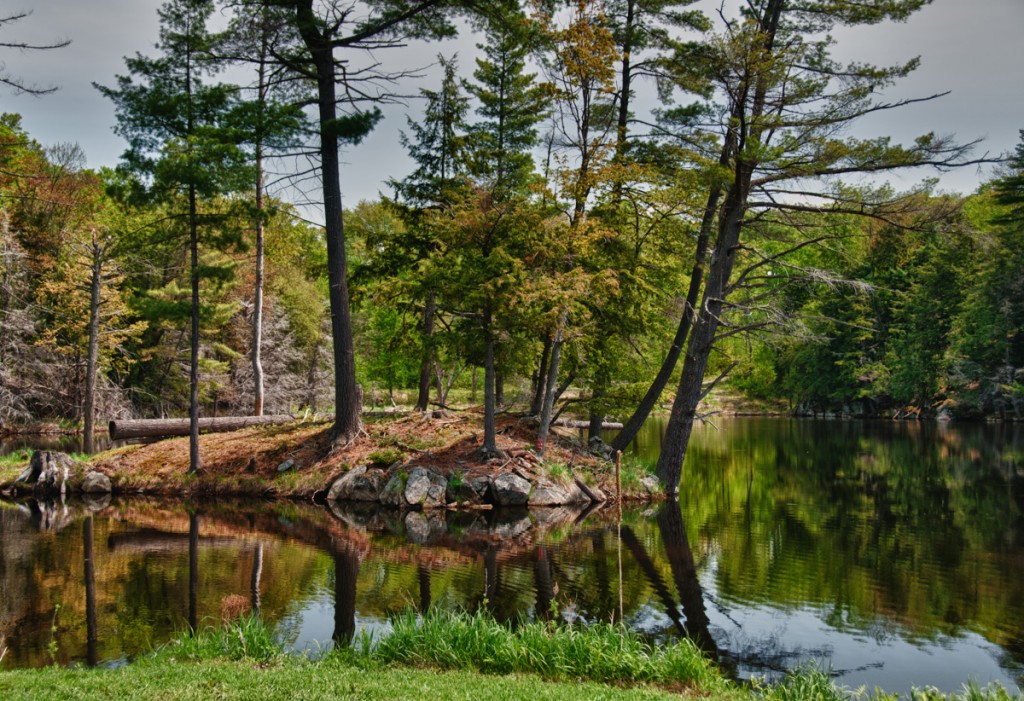Nestled on the shore of Lake Rosseau in the heart of Ontario’s esteemed Muskoka region, a contentious development has emerged that is raising concerns among many local residents and environmentalists. In this first part of our series, we’ll delve into the concept and location of the Legacy Cottages project, aiming to provide an informative overview while remaining objective.
In future I may discuss the bumps in the road the developers and the Township of Muskoka Lakes faced along the way, Minett’s redesignation to a “Resort Village,” and some of the developer’s other projects.
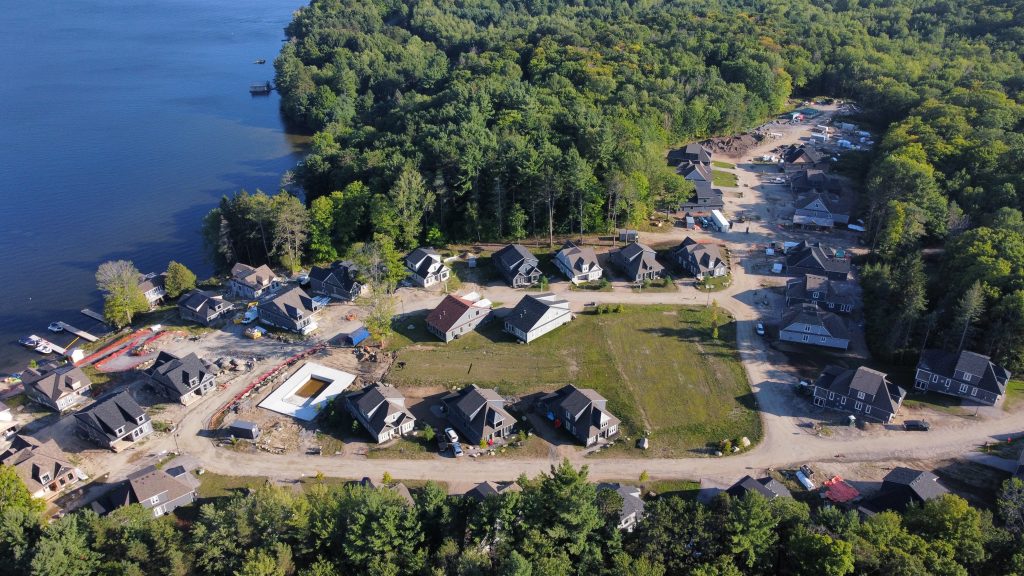
Understanding the Legacy Cottages Project:
Legacy Cottages, spearheaded by the Rosseau Group, is a development located along the shores of Lake Rosseau, one of the most prestigious lakes in Muskoka. The project aimed to create a modern and affordable retreat for individuals seeking to enjoy the natural beauty and tranquility of the region, as well as promote increased tourism. This area of Lake Rosseau is in the village of Minett, which is located in the Township of Muskoka Lakes.
Legacy Cottages kicked up a lot of debate, especially regarding density concerns and potential environmental impact on the water quality and shoreline of Lake Rosseau. The project consists of 43 units, 9 docks, and a boathouse on 470 feet of shared shoreline – that’s approximately 11 feet of shoreline per cottage. It is located on the site of the old Lakeside Lodge, which is located next to Clevelands House Resort.
This high density of development was allowed due to the District planners deciding that the use of a two week rental pool qualified Legacy Cottages as commercial rather than residential. We’ll talk more about this when we talk about Minett’s redesignation to a “Resort Village” and the 22 million dollar lawsuit filed by the developers against the Township of Muskoka Lakes.
Project Concerns:
Critics of the Legacy Cottages project raise valid concerns about its potential environmental impact. The region’s lakes and forests are sensitive ecosystems that play a crucial role in maintaining biodiversity, water quality, and overall ecological balance.
The proposed location of the Legacy Cottages project is a matter of concern for many. Lake Rosseau has already faced some water quality concerns attributed to the presence of other resorts and developments – namely an excess of certain nutrients such as phosphorus.
Phosphorus is the nutrient that controls algal growth in most lakes in Ontario, which means an excess in phosphorus can lead to an algal bloom. While the natural addition of phosphorus into a lake via sediment and precipitation is necessary and nothing to be concerned about, excess phosphorus due to human inputs are of concern. Namely, septic system seepage and surface runoff from lawn fertilizer and agricultural sources. Not only can something like an algal bloom be detrimental to the ecology of the lake, it can reduce the attractiveness of the lake for tourism.
There are also other environmental concerns like the construction of shoreline structures such as docks, lack of shoreline buffer zone, the use of retaining walls, an increase in boat traffic, and an overall increase of human activity in the area. We will delve deeper into the environmental concerns surrounding the project (including a look at the water quality of Lake Rosseau and Wallace Bay) in a future part of this series, and examine if they could lead to the degradation of the surrounding natural environment.

Objectives of the Legacy Cottages Project:
Proponents of the Legacy Cottages project argue that it aims to enhance the accessibility of Muskoka’s beauty to a wider audience while contributing to the local economy through increased tourism and development. Buying a cottage in Muskoka, sometimes referred to as the “Hamptons of the North” can be extremely expensive. With units at Legacy starting at $699,000, buying a cottage there allows access to one of Muskoka’s most prestigious lakes at a far more affordable price point.
Conclusion:
So, there it is – the concept, location, and objectives behind this contentious development in Muskoka. While some argue that the project presents an opportunity for modernization and economic growth, others express concerns about its potential impact on the area’s fragile ecosystem. It must be emphasized that the developers have not broken any laws, and while I may not agree with the rules – they have followed them.
Let me know if you’d like me to delve deeper into the re-designation of Minett to a “Resort Village,” or turn my attention to a deeper dive on the environmental considerations surrounding the Legacy Cottages project. This would include a look at potential alternatives or mitigations that could strike a balance between development and conservation.

